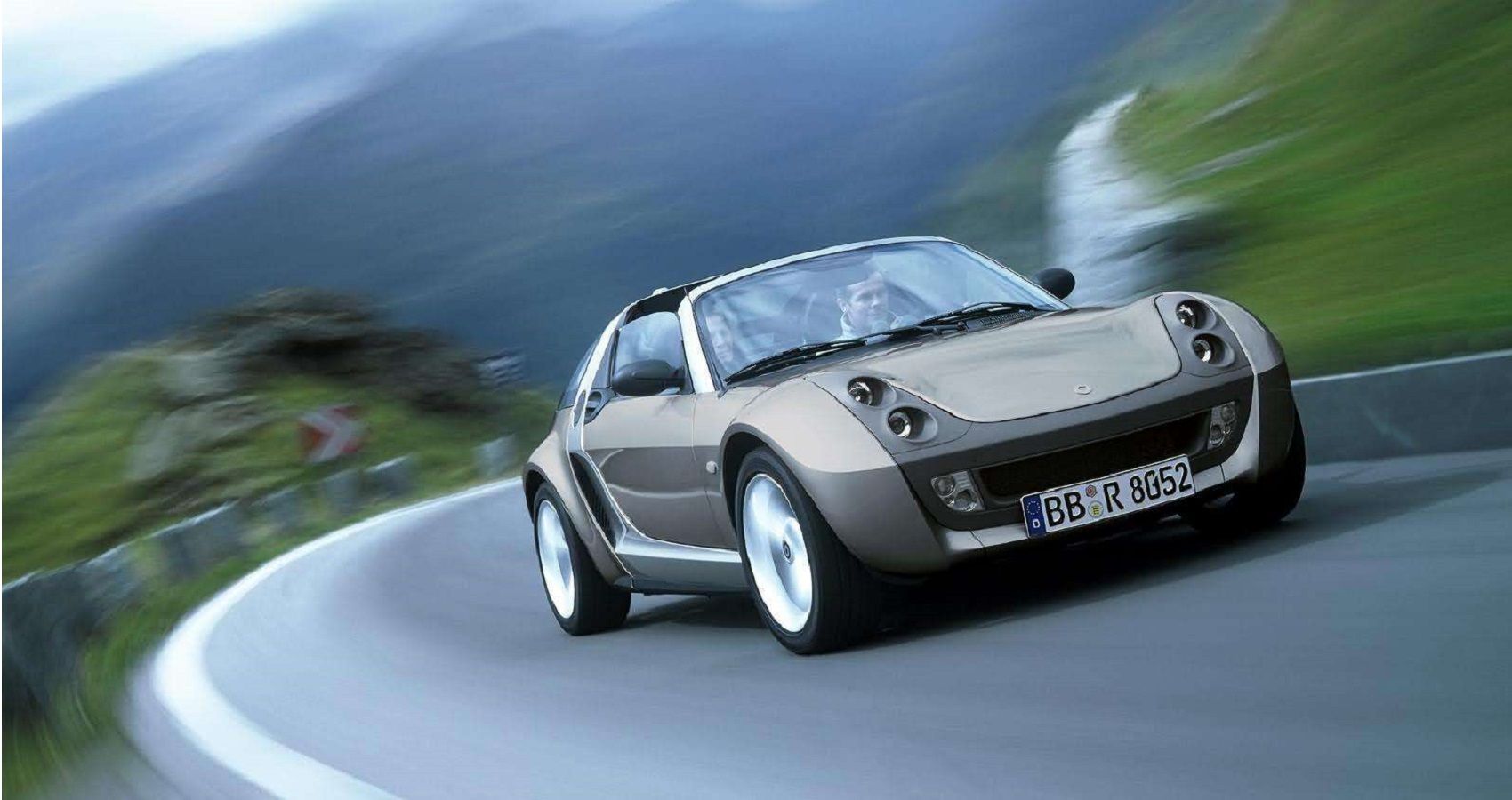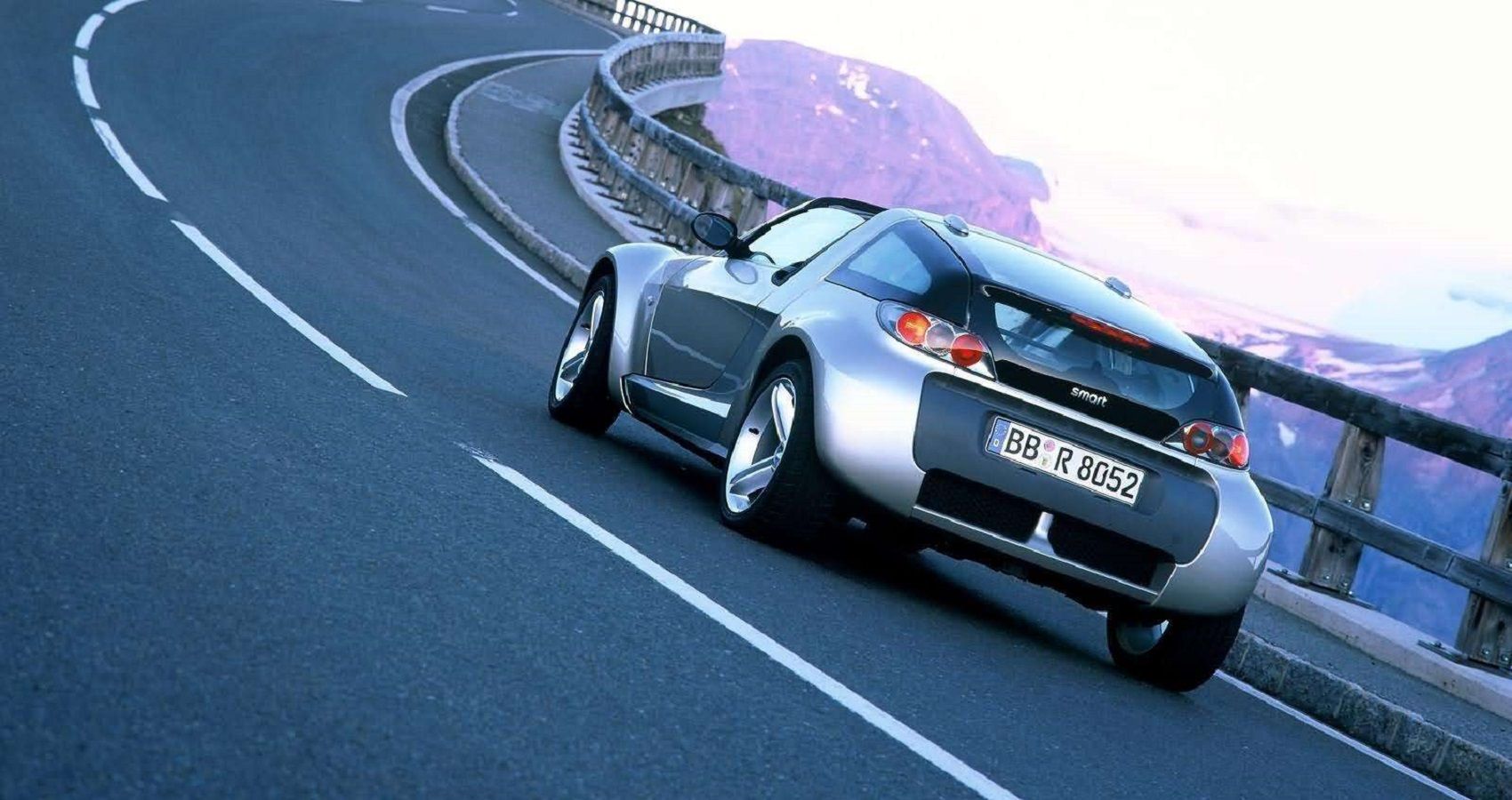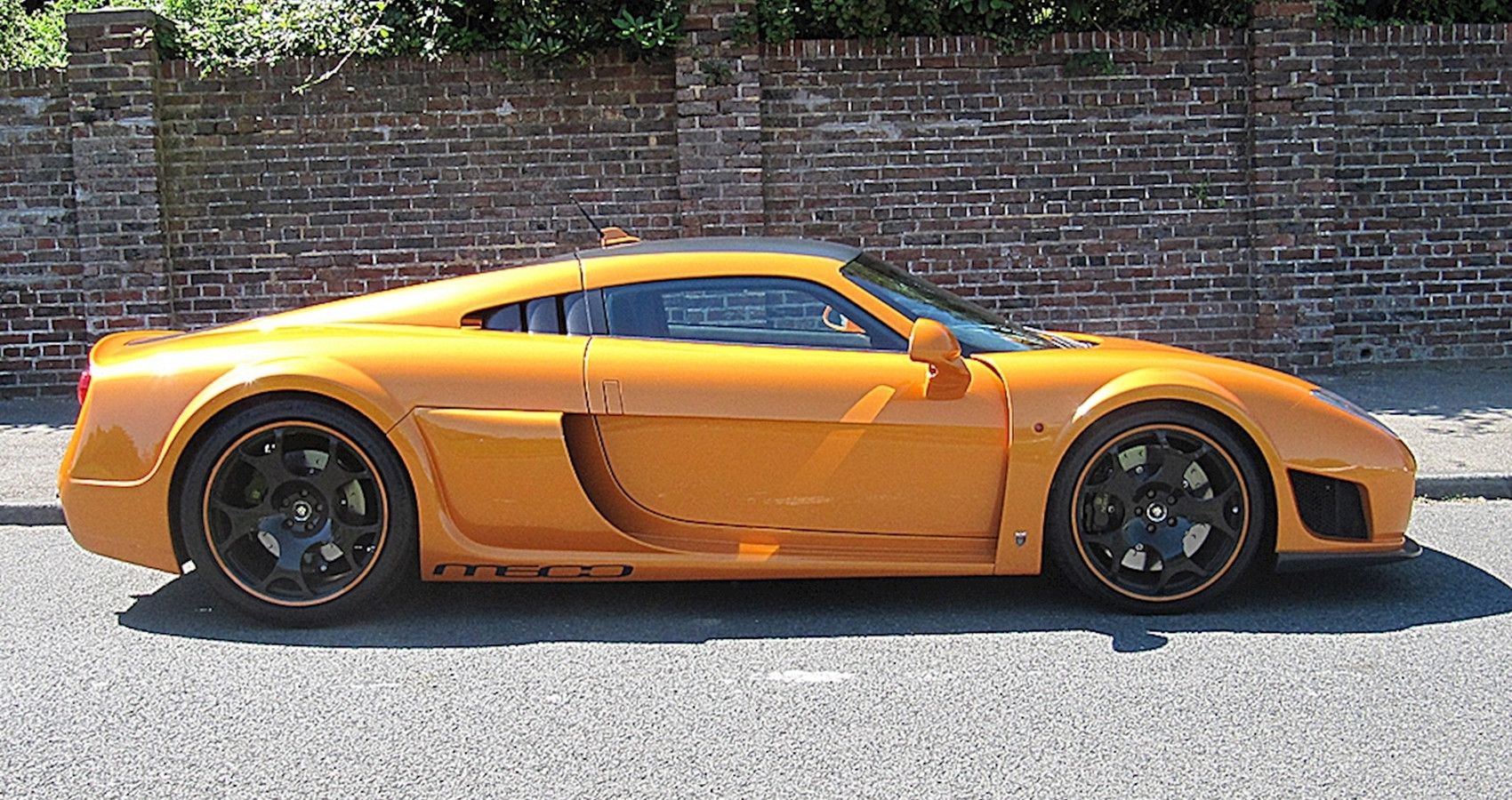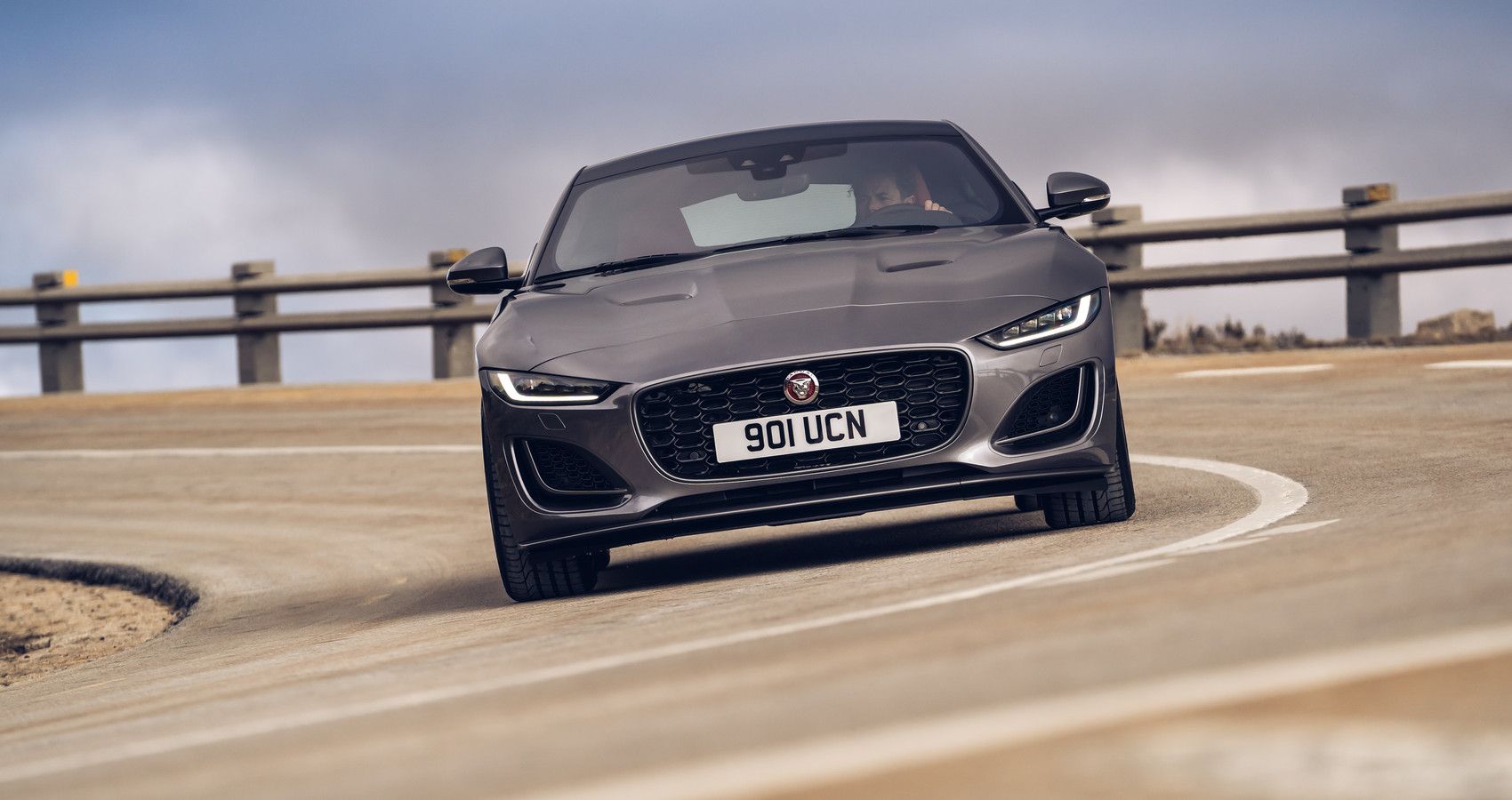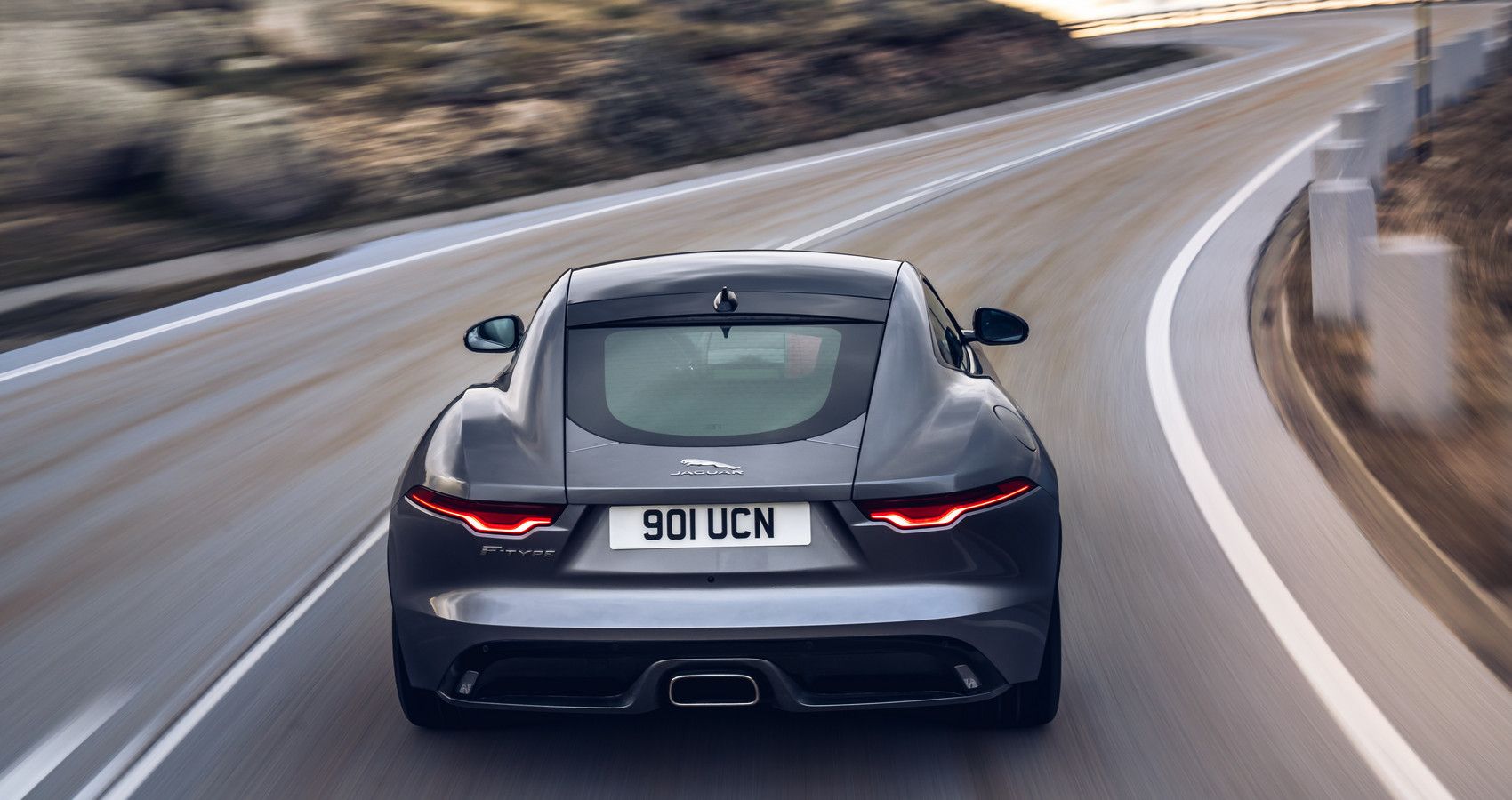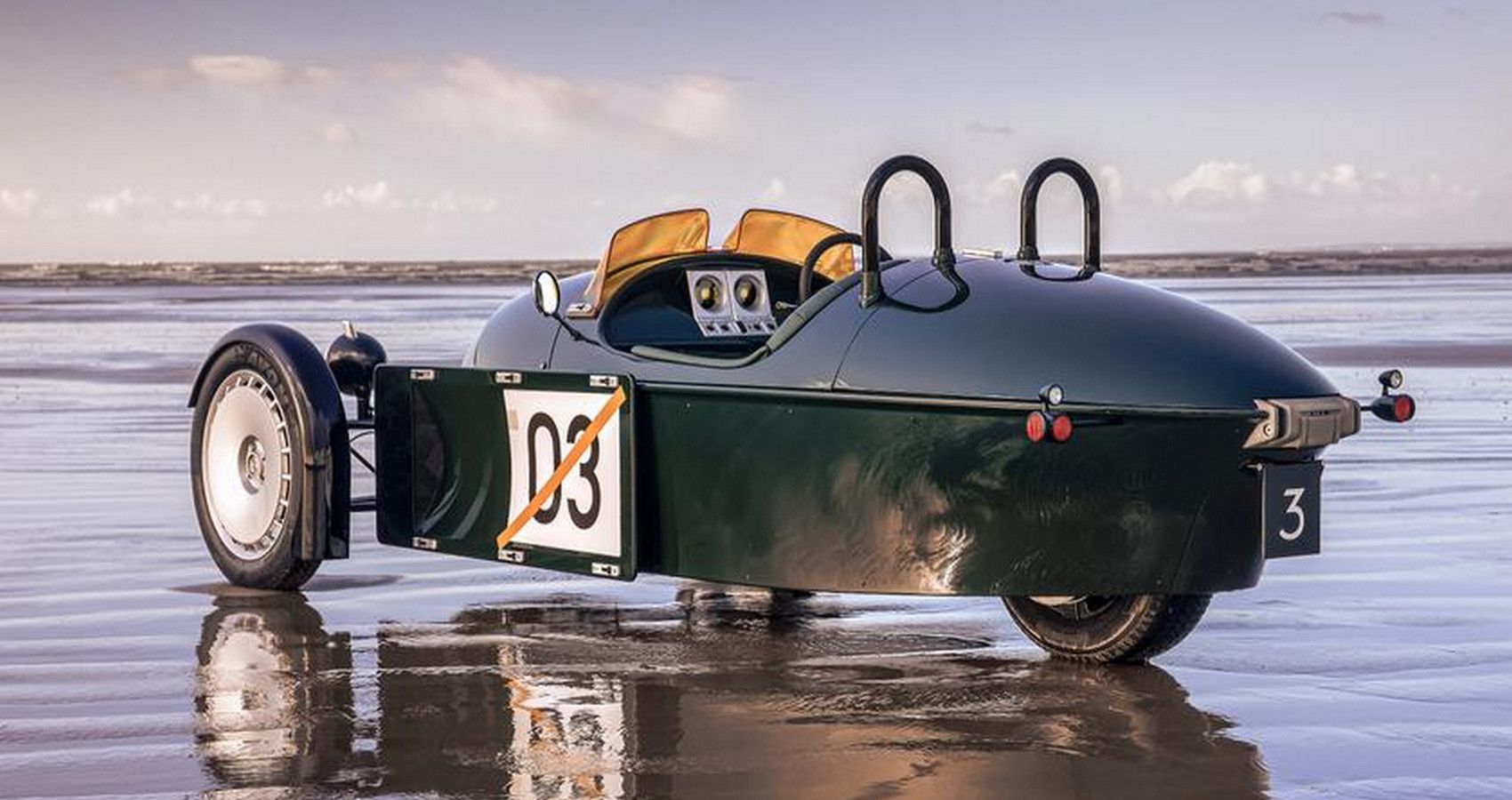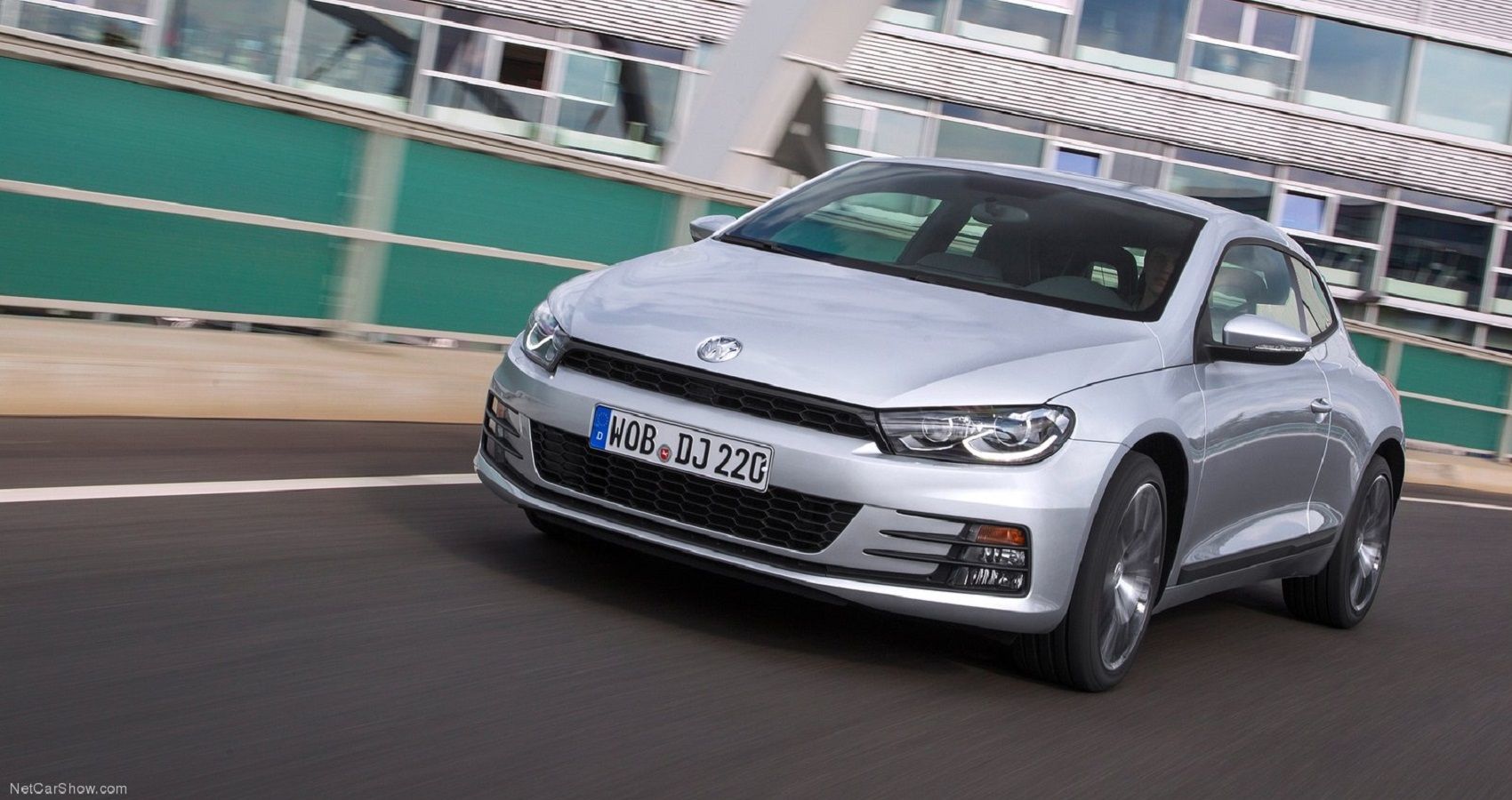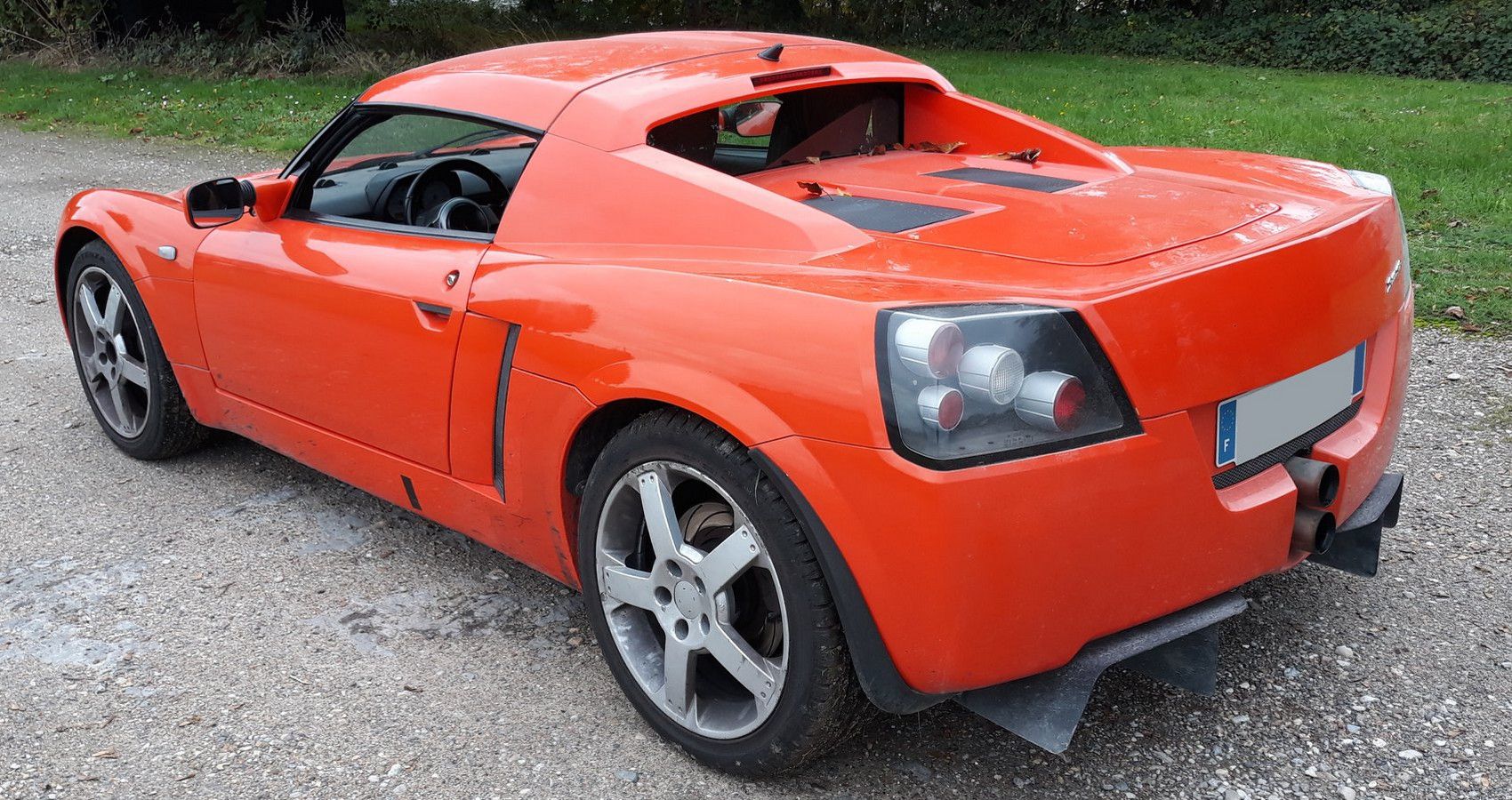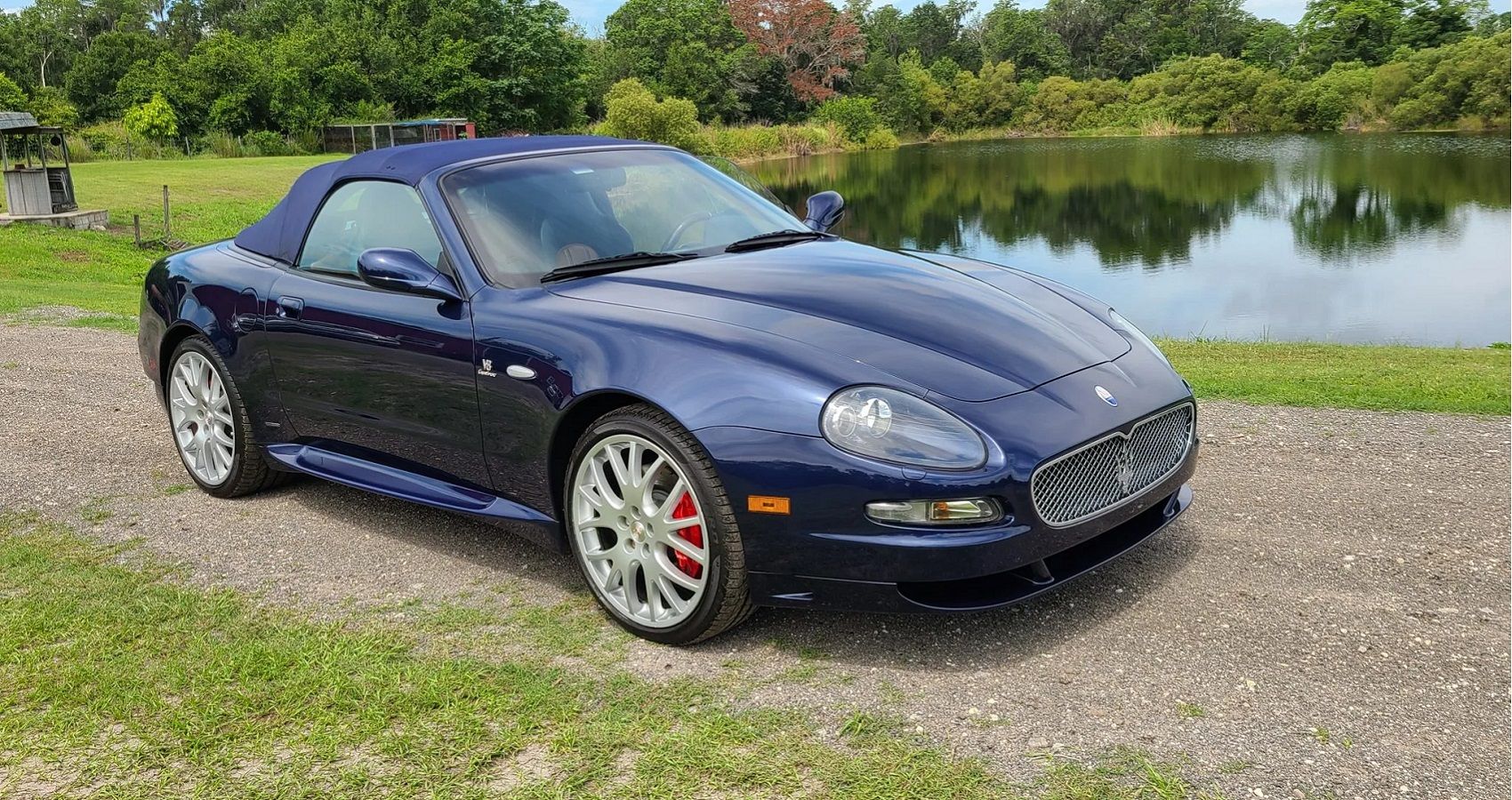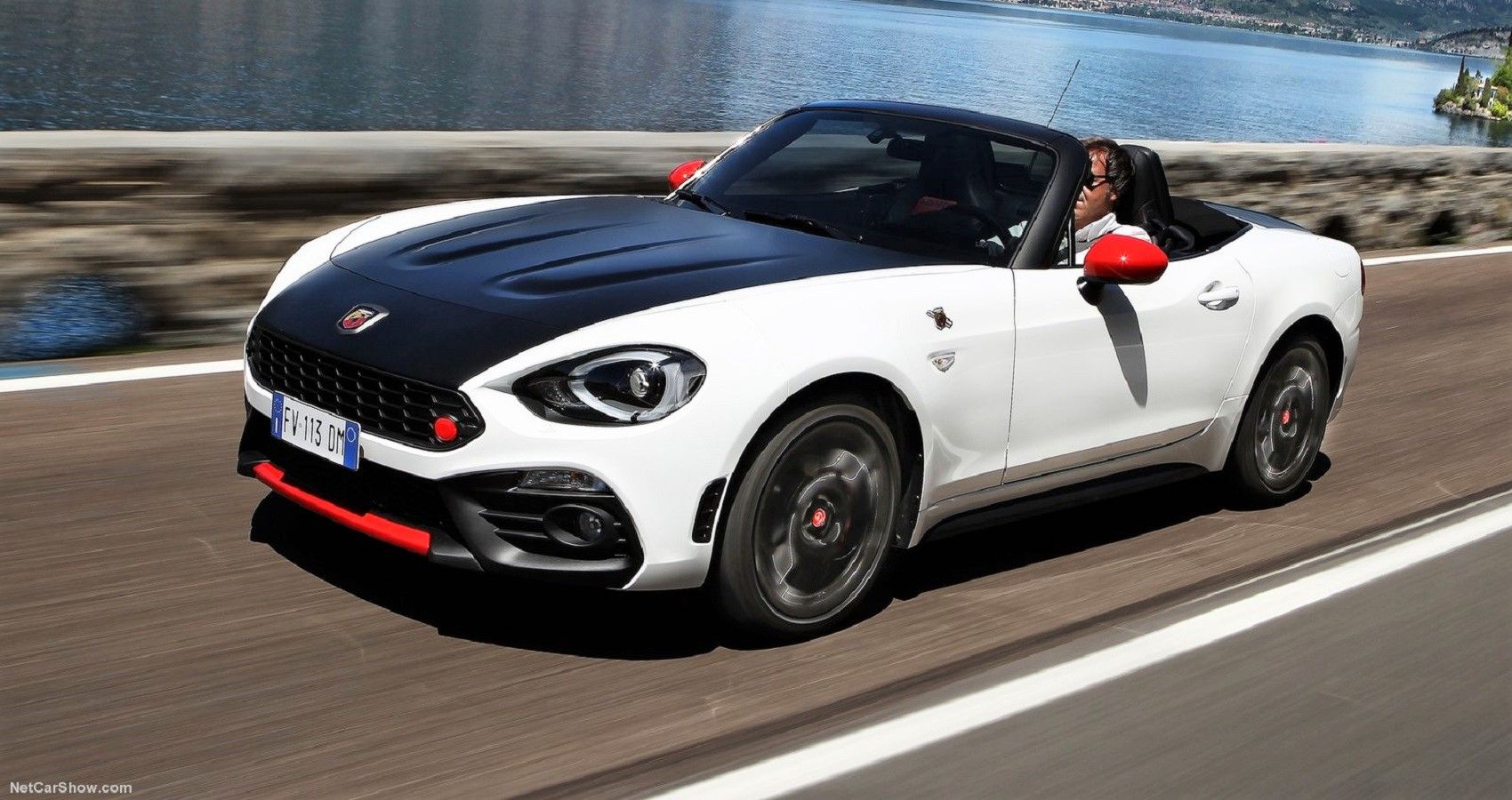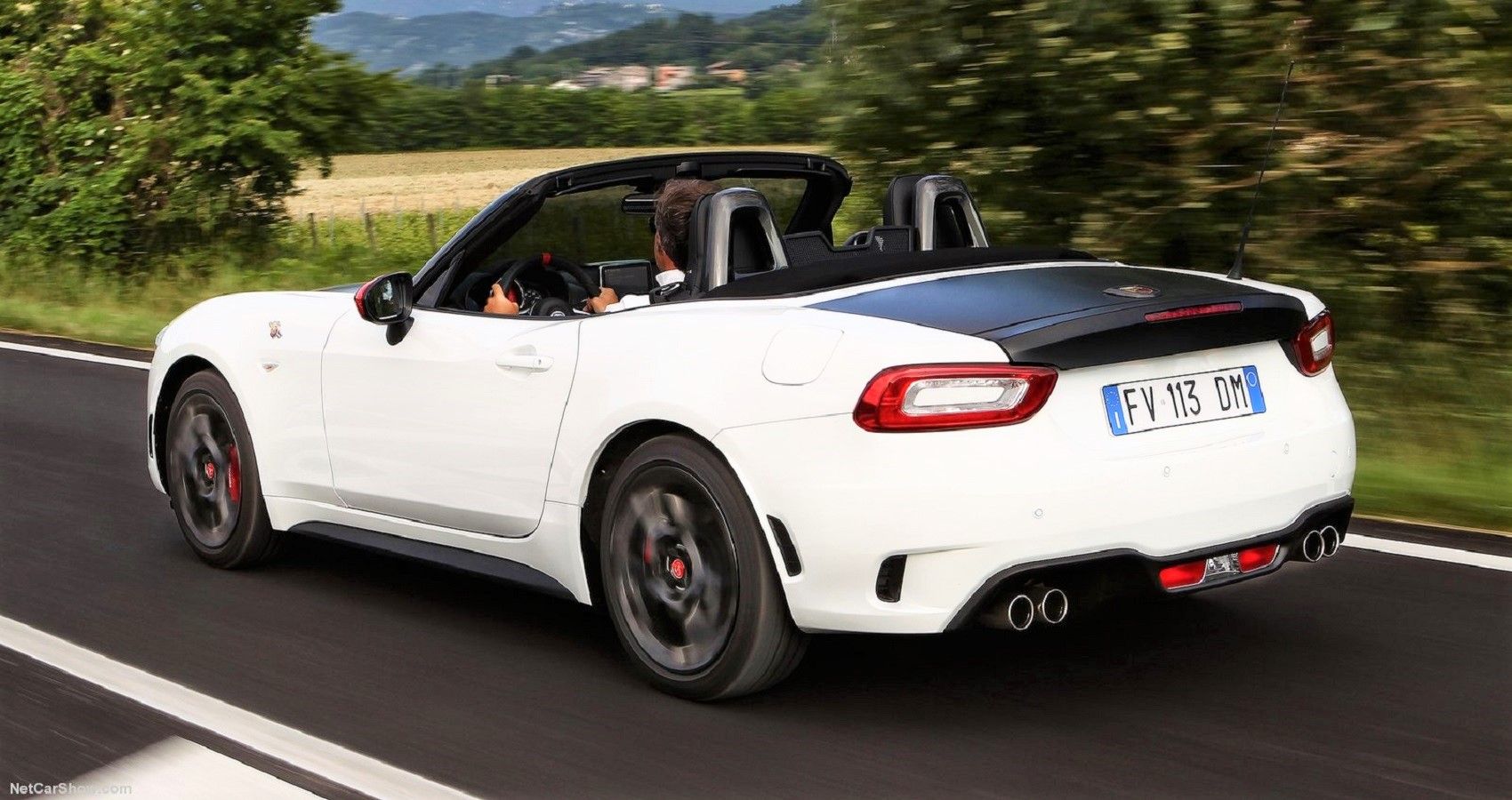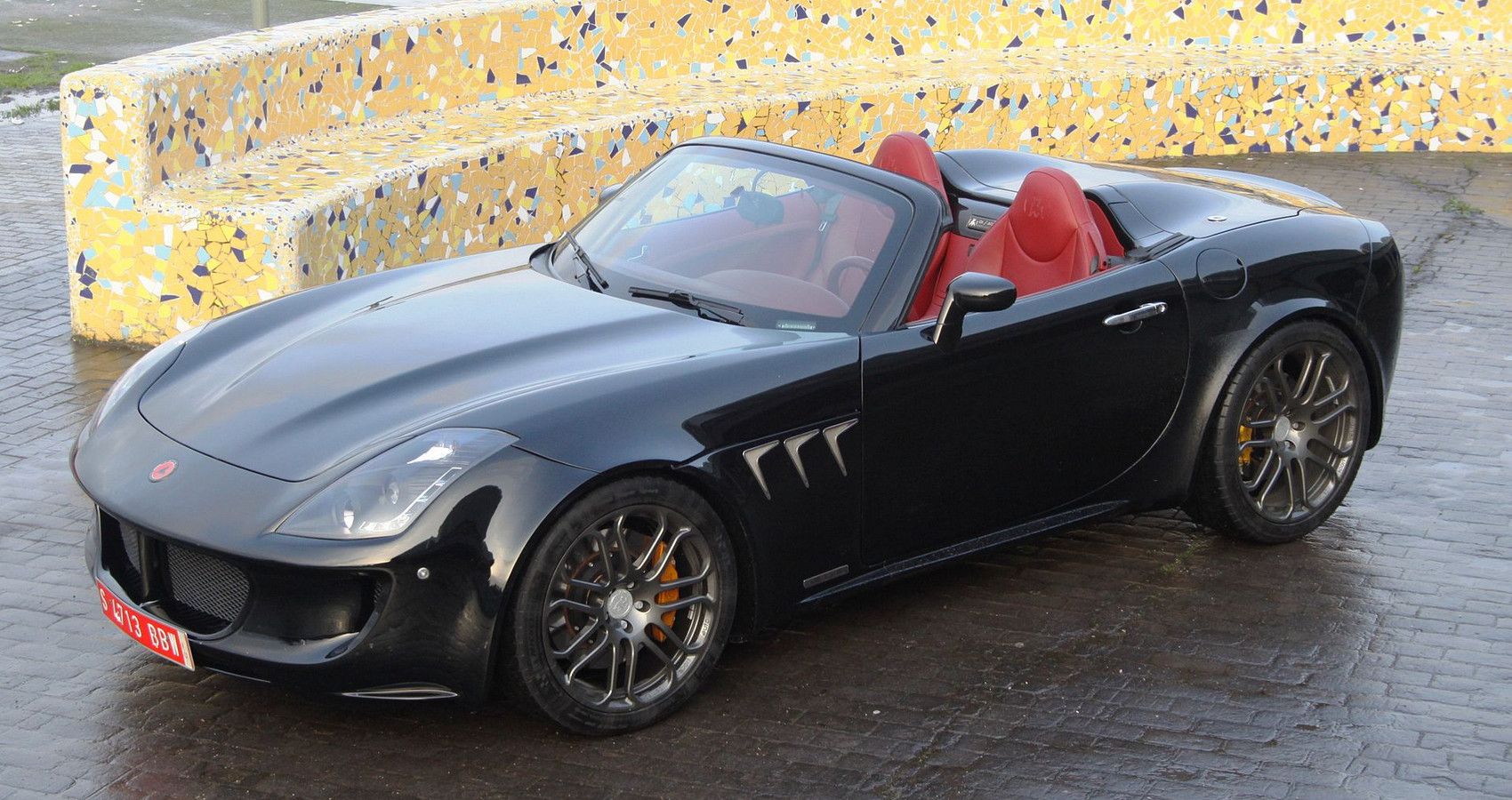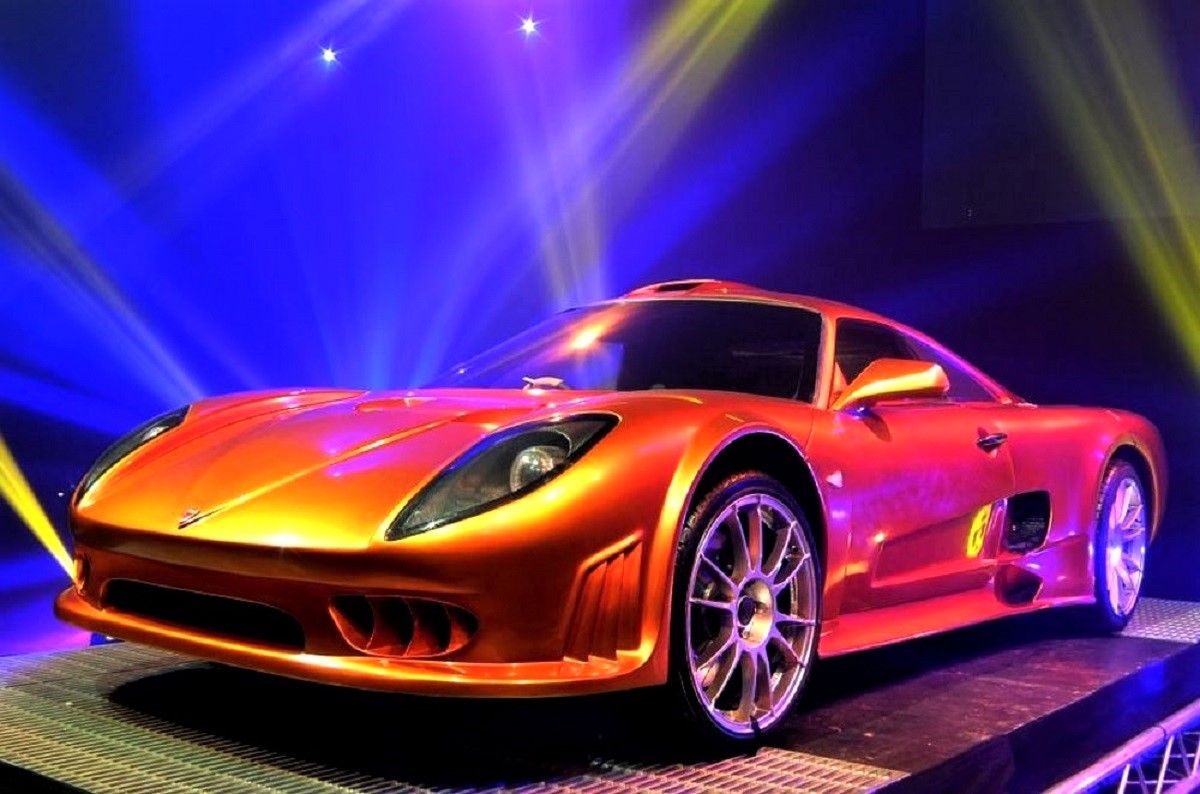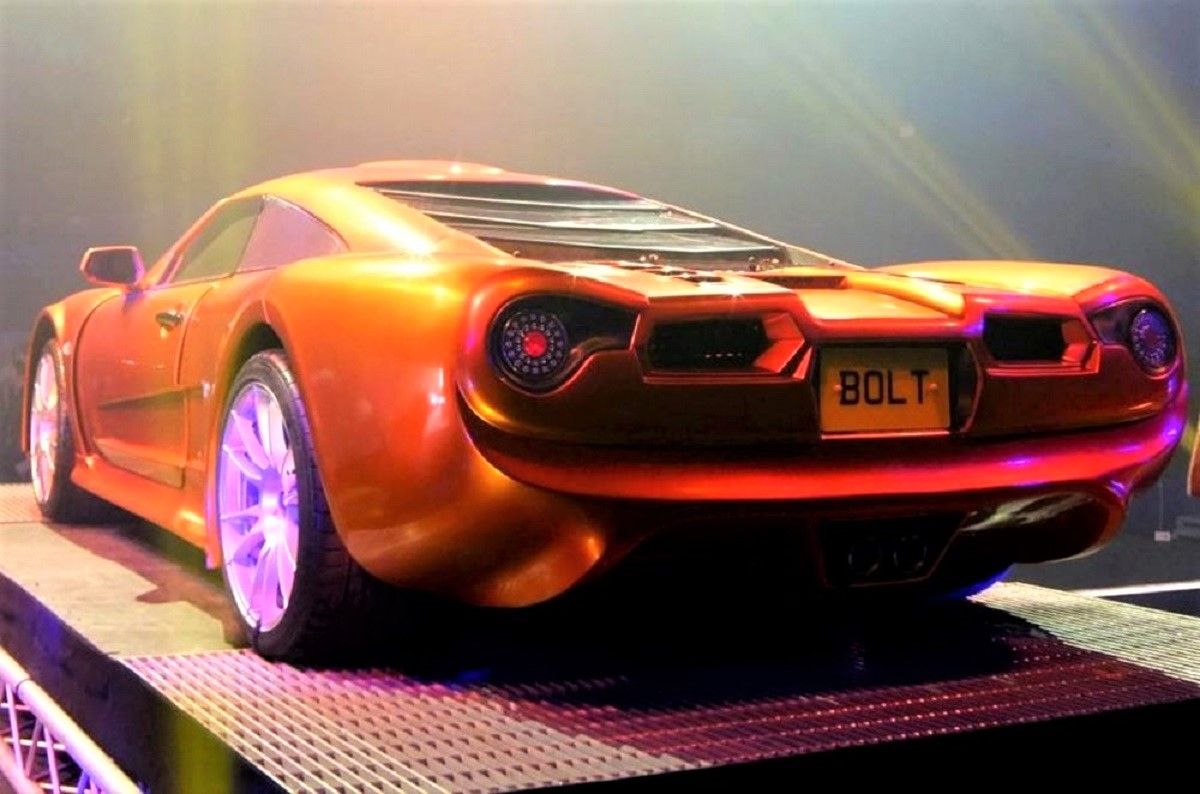The European car industry plays host to dozens of carmakers turning out exquisitely fine-tuned sports cars guaranteed to make any gearhead drool in anticipation. Unfortunately, those dreams sometimes turn in to nightmarish experiences.
Where, or rather when did it all begin? Surprisingly, it was Vauxhall who, in 1914, with their Prince Henry “Sports Torpedo” started the ball rolling. The sports car was born and Europe hasn’t looked back since. However, rather than build on its niche forming model, Vauxhall has produced its share of cars to avoid. A prime example being the pretty to look at, but decidedly poor performing Calibra of the late ’90s.
If anything history should have taught designers what does and doesn’t work. In reality, the same errors in judgement from 30, 40, or more years ago still crop up. Overreaching performance claims that doomed Vector Aeromotives entire range are still common, as are inappropriately badged “sports” models.
The message to carmakers is a simple one; give us what we want and not another reason to keep our distance.
10 Smart Roadster Coupe
Smart engineering solutions and Roadster branding don’t make a sports car. Smart Automotives approach leaves a lot to be desired. From the Roadster’s tiny footprint to its underwhelming performance, we’d recommend gearheads consider a used Miata MX-5 instead, or, better still, a Kei car import.
Launched as a spin-off city sports car in 2002, the Roadster would go on to sell 43,000 cars by the time both Mercedes and its partners saw sense in 2006. Powered by a tiny 698 cc turbocharged engine tucked away under a rear flap, the roadster with up to 82 hp on tap, required a pedestrian 10-seconds to reach 60 mph.
9 Nobel M600
Low volume sports car marque Nobel Automotive proved specialist carmakers shouldn’t be taken for granted. In 2010, the M600 continued the brand’s meteoric rise through the ranks of established supercar makers with a top speed of 225 mph. As you’d expect of a supercar, carbon made up most of the M600’s body and chassis.
Exotic construction aside, the M600 is a pure driver’s car packing a 4.4-liter Judd/Yamaha turbocharged V8 sending up to 650 hp to the rear wheels. Driver aids? None. Anti-lock brakes and stability control suspiciously missing from the options list, as are modern brakes, leaving the M600 making use of conventional steel items.
8 Jaguar F-Type P300
Not since the legendary E-Type has Jaguar treated gearheads to anything quite as sharply honed as the F-Type. Dispelling memories of lumbering GT cars the F-type elevated Jaguar’s brand image as a sports car manufacturer. However, Jaguar ownership doesn’t come cheap in terms of pricing or running costs.
Almost ruining Ian Callum’s hard work, the solution in Jaguar’s middle-management was to broaden the model line-up with smaller engines. Enter the F-Type P300, a 2.0-liter four-cylinder turbocharged variant putting down 300 hp. Naturally, fewer cylinders meant less noise and performance; the F-Type had been neutered.
7 Morgan Super 3
Purveyor and creator of retro-styled sports cars, Morgan still prefers to do things the old-fashioned way. In 2022, that includes resurrecting the brand’s previous three-wheeler design from 2021. The number three theme continues with an enlarged 1.5-liter naturally aspirated three-cylinder engine putting down 118 hp.
The problems begin to arise not from the lightweight 1438 body or chassis, but from the drive train installation. Three-wheelers aren’t the most stable of cars, with most recent uses opting for a reverse trike layout. In the Super 3, front mounted engines send their power to a single rear wheel causing concerns of too much power possibly?
6 Volkswagen Scirocco
Bringing back past model names in a quest for former glory hasn’t always gone well for Volkswagen. In 2008, the Scirocco made a third comeback, only to be handicapped by VW’s own design and marketing teams. Despite a modern two-door sport compact design, the Sciroccos sporting intentions were anything but.
Built on the Golf/A3s shared Group A5 platform would be a good starting point if VW hadn’t dumbed down the choice of engines. At the lower end, 1.4-liter TFSi engine cranked out 122 hp. However, any hopes of the Scirocco competing against other mid-sized hot hatches were well and truly sunk with the inclusion of a diesel engine option.
5 Opel Speedster Turbo
As a collaboration project, the Opel Speedster Turbo is one of General Motor’s best to date. The Speedster might have been built by Lotus on the same production lines as the Elise, but the Speedster was significantly different in appearances and ability.
Swapping Rover engines for General Motor’s Ecotec unit, and then bolting in a turbocharged for good measure seemed like a good idea at the time. However, the Speedsters only weighed 2050 lbs, which combined with 200 hp made for some interesting turbo-lag induced handling challenges.
4 Maserati GranSport Spyder
Numerous tweaks and rebrands are fast becoming a Maserati trend. Gearheads in 2007 expecting a new Maserati Coupe were treated to a few cosmetic tweaks and little else. It’s a trend we’d be glad to see the back of.
In effect, aside from new lights front and rear, the GranSport was a rehash of the existing Giugiaro design. Under the hood a 4.2-liter naturally aspirated Ferrari/Maserati V8 tweaked to 390 hp. The extra 10 horses barely affecting performance shaving 0.05-seconds off the GranSports 0-60 mph time.
3 Abarth 124 Spider
The Abarth name has long been associated with Fiats sportier sides, tuning engines and sharpening handling. However, the 124 is little more than a cosmetically restyled MX-5, sharing the same underpinnings pared with a Fiat designed MultiAir engine.
Gearheads on U.S. shores expecting more for the Abarths inflated asking price would be left disappointed. The much praised MultiAir 1.4-liter turbocharged engine remains unchanged save for a few software tweaks that add a barely noticeable 8 hp gain.
2 Tauro Sport V8
The Tauro Sports V8 is an unusual product of Spanish investors and British race car know how. Launched in 2010, Tauro Sport Auto offered the v8 in a choice of body styles, Coupe, Spider, Saeta, and Portago. Irrespective of gearheads choice, the V8 is built strictly to order with final production cars sharing a common chassis and engine.
As the name suggests, V8 engines power the entire range. Chevrolet sourced 6.2-liter LS3 motors kicking out 440 hp, resulting in a top speed of 183 mph and sprinting to 60 mph in 4-seconds. Now for the bad news. Peeling away the retro-modern body reveals a less impressive Pontiac Solstice platform.
1 Keating Bolt
UK-based Keating Cars since 2006 has promised several high-performance supercars. The 2013 Bolt was another high-profile supercar launch boasting world-beating speeds that remain unproven. Little has been seen or heard of the Bolt since, though some sources claim 15 examples have been delivered.
Vaporware or reality, little is known for sure about the Bolt. Early publicity handouts mention a composite body over a traditional tubular frame weighing in at around 2,400 lbs. Powered by a 7.0-liter LS7 Chevrolet motor putting down 505 hp, we doubt the Bolt can deliver on its claimed 340 mph top speed.
